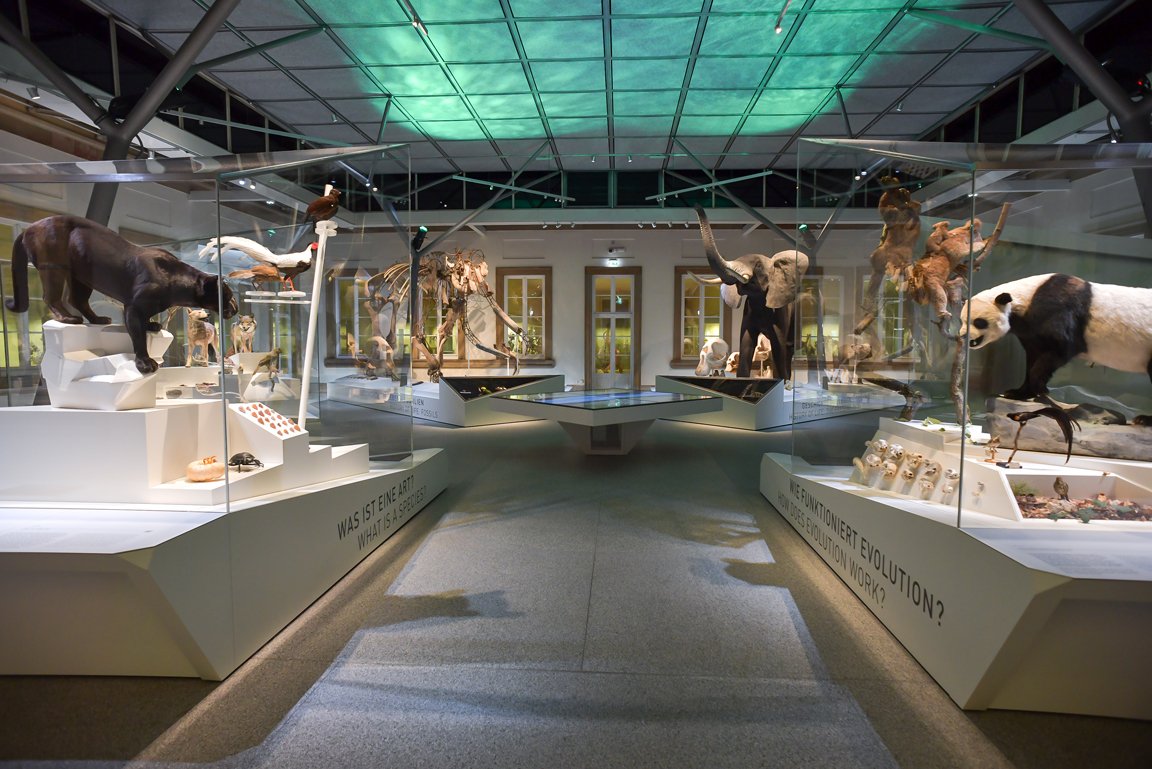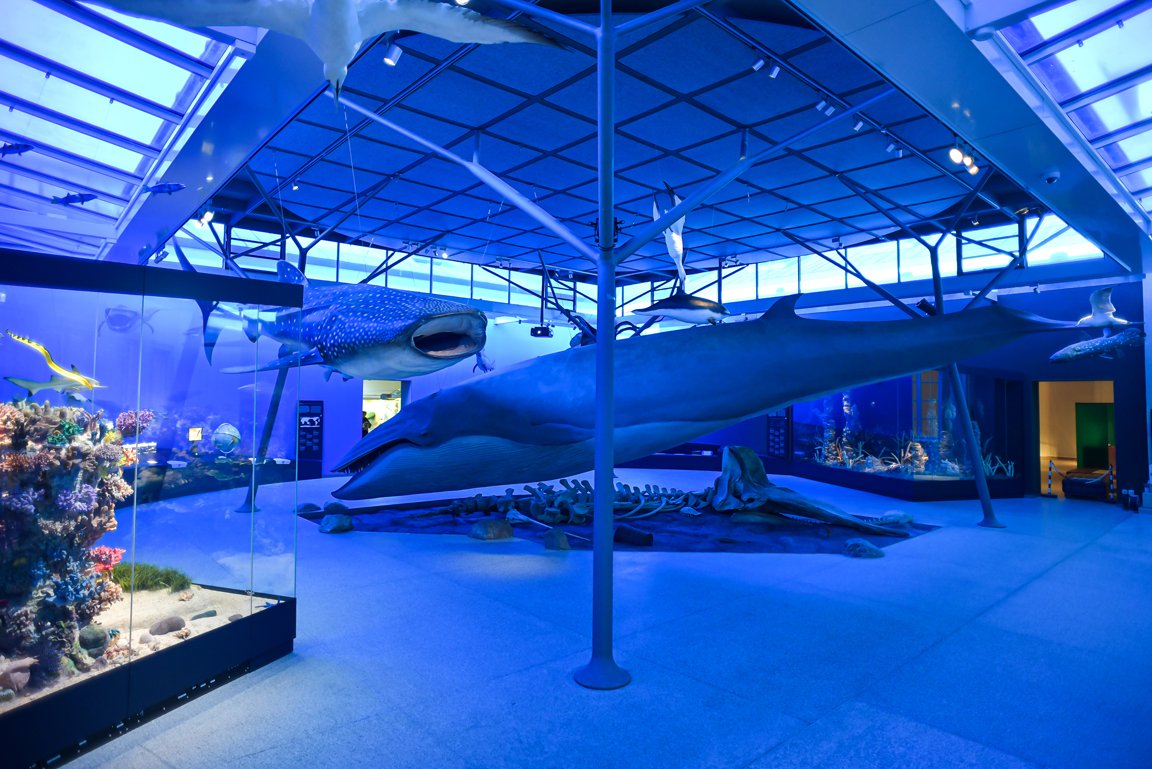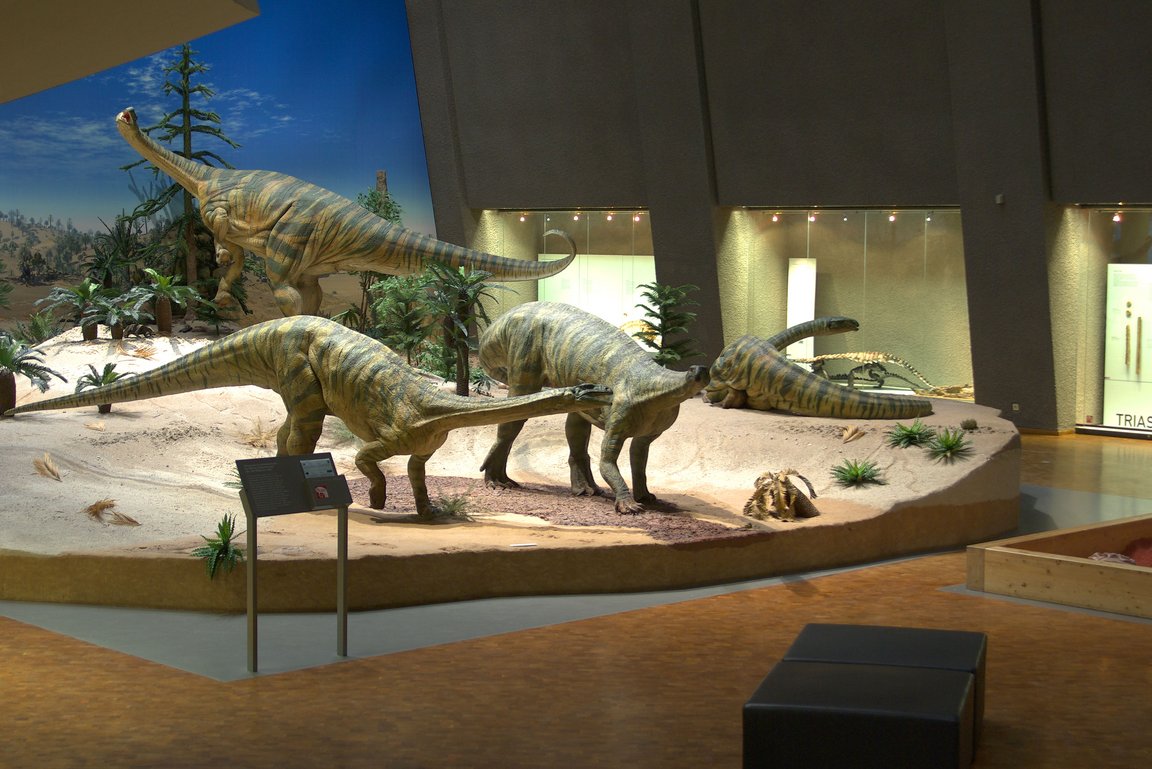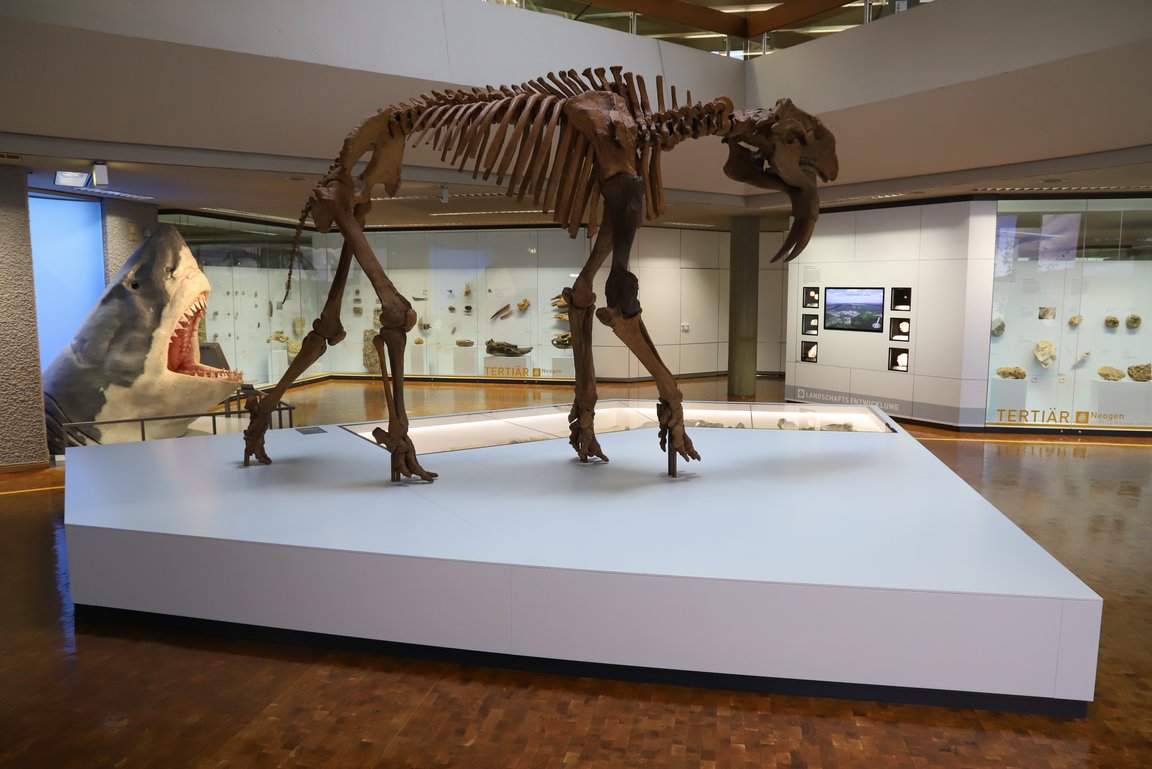The Florentine architect Giovanni Salucci (1769-1845) was assigned to construct a ‟royal cottage“ on the authority of King William I of Württemberg. After numerous drafts, only the eleventh satisfied the expectations of his Majesty. On May 31st, 1824, the foundation stone for one of Württemberg’s most beautiful neo-classical buildings was laid. Six years later, the palace was inaugurated.
The palace is situated above the Neckar, in a park that was created at the same time. It is connected with the city centre via the Stuttgart palace gardens. Today, the property still conveys the idea and charm of a cottage embedded in an English landscape garden. However, the park is now entirely surrounded by the city and the once expansive view of the Neckar and riverine landscape is almost hidden. Nonetheless, the castle is still impressive with its harmonious facade, each side ornamented by three porticos. Largely destroyed in 1944, the castle’s present interior differs fundamentally from its original conception.
"Utmost austerity must be the rule, everywhere". This principle of William I was by no means consistent with his splendid new castle. At that time, rich frescoes ornamented the neo-classical columned hall and its barrel-vault. The rooms were numerous and featured fine painted murals and oakwood parquet floors that were often decorated with inlay. Today, the less numerous but larger rooms captivate by their simple cool white elegance.
Little of the original interior has survived. Only the frieze encircling the columned hall, constructed by Konrad Weitbrecht (1796-1836) between 1826 and 1828, indicates its former splendour. More than 65 metres long, it illustrates the rural life of Baden-Württemberg over the course of the seasons. William I always took interest in the countryside and gave fresh impetus to agronomy.
In the course of modifications completed in 1993, the temporarily disrupted inner symmetry of the building was restored. Although the left courtyard (whale hall) was reconstructed after World War II, both courtyards now display an identical ceiling supported by filigree pillars.Rosenstein Castle and Park are architecturally coherent. The creation of the park began as soon as the building’s first stone was laid. English masters in horticulture were requested to submit their plans. Finally, the Royal Gardener Johann Bosch travelled to England in order to study the parks there. On his return, he was assigned all further planning duties.According to William’s motto to always combine business with comfort, the once enclosed and publicly inaccessible Rosenstein Park was never a mere pleasure garden. A dairy farm in the north of the park used the meadows for agricultural purposes and experimented with the creation of a new breed of cows, the "Rosensteiner".
Rosenstein Park is a gem, but not only due to its landscape and horticulture. As part of Stuttgart’s "green lung", it is one of the city’s most important recreation areas. Despite its urban location and many visitors, the park is a habitat for many species, some relatively rare. It also accommodates the highest density of brown hares in the entire state of Baden-Württemberg. In terms of nature conservation, the park’s biggest asset are its trees. An old tree with its holes, wounds, and dying branches constitutes a cosmos on its own. Many birds nest here, in particular the cavity-nesting Stock Dove and the Collard Flycatcher, as well as the exotic Yellow-crowned Amazon parrot that has been successfully nesting in Rosenstein Park for decades. Besides birds, insects also benefit from the old trees, in particular the hermit beetle, a species that is highly endangered throughout Central Europe.
Abridged and translated excerpt from: Schmid, U. (2007): Schloss Rosenstein. Führer durch die Ausstellung. Stuttgarter Beiträge zur Naturkunde, Serie C, 63, 96 Seiten.








































































































































































